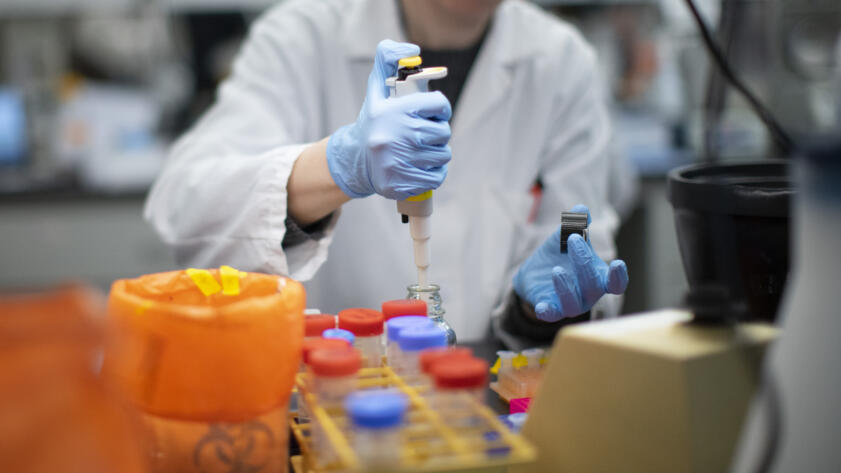The coronavirus has officially spread to every state in the United States, and there’s no end to the crisis in sight.
Meanwhile, each state has its own health department, and each of those 50 departments is given wide latitude to combat a health emergency within its borders. As The New York Times reported this week, the U.S. relies on a decentralized system for public health, and the Centers for Disease Control and Prevention doesn’t get involved on the ground without an invitation from state or local authorities.
The CDC has released guidance on testing, which prioritizes hospitalized patients, older adults, immunocompromised people, and people who have traveled to known outbreak areas or been exposed to someone with a confirmed case.
But states are using their own testing algorithms and protocols—ranging from curbside testing to partnering with private companies. You might wonder: How do their algorithms vary?
We’re trying to find out. This week The Markup is sending public records requests to health officials in all 50 states and the District of Columbia to try to understand the differences among states—the ways one health department’s testing procedures may vary from a neighbor’s, and the reasons why.
Rightfully, health officials rely on systematic rules to categorize and prioritize. Algorithms have already been developed for first responders to determine how to triage a flood of injuries, for example. Those rules might be simple or complex, but either way, they offer frontline health workers some guidance.
Here’s one example, from Oregon, where officials provided a “provisional” guidance memo for COVID-19 testing in response to our request. According to the latest version of that guidance, posted by the state on March 16, the Oregon State Public Health Laboratory was able to examine about 80 specimens per day.
Under the guidance, Oregon health workers can use commercial labs at their own discretion, or follow a three-step assessment for expedited testing approval through the state health lab. Under those rules, patients need to have:
i. Clinical need for admission to an inpatient facility;
ii. Evidence of viral lower respiratory infection; and
iii. Tested negative for influenza
If patients don’t meet those criteria, they could still be eligible if they meet other requirements: if they show symptoms and have traveled to an affected country within 14 days, or made contact with a lab-confirmed case within 14 days. Someone hospitalized with a fever and respiratory problems could also qualify if there’s no “alternative explanatory diagnosis.”
We’re already seeing denials of our requests too. In response to a request made under the state’s open records statute, North Dakota’s health department said the records we sought were “confidential” and would not be released.
As we hear from states, we will post the responses in an online searchable format. We hope they shed some light on the tools every state in the nation is using to fight the coronavirus.
If you have information about the algorithms, procedures, and tools your state is using to decide testing protocols, contact Colin Lecher at colin@themarkup.org.





